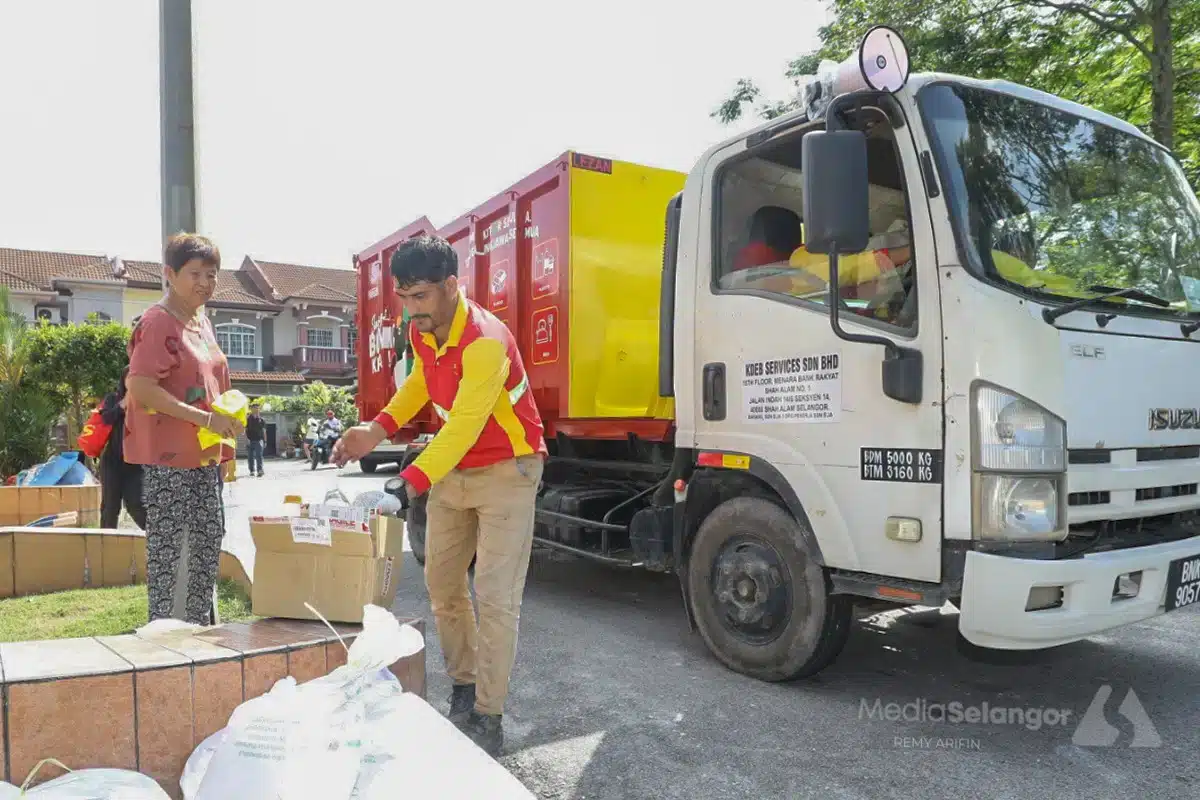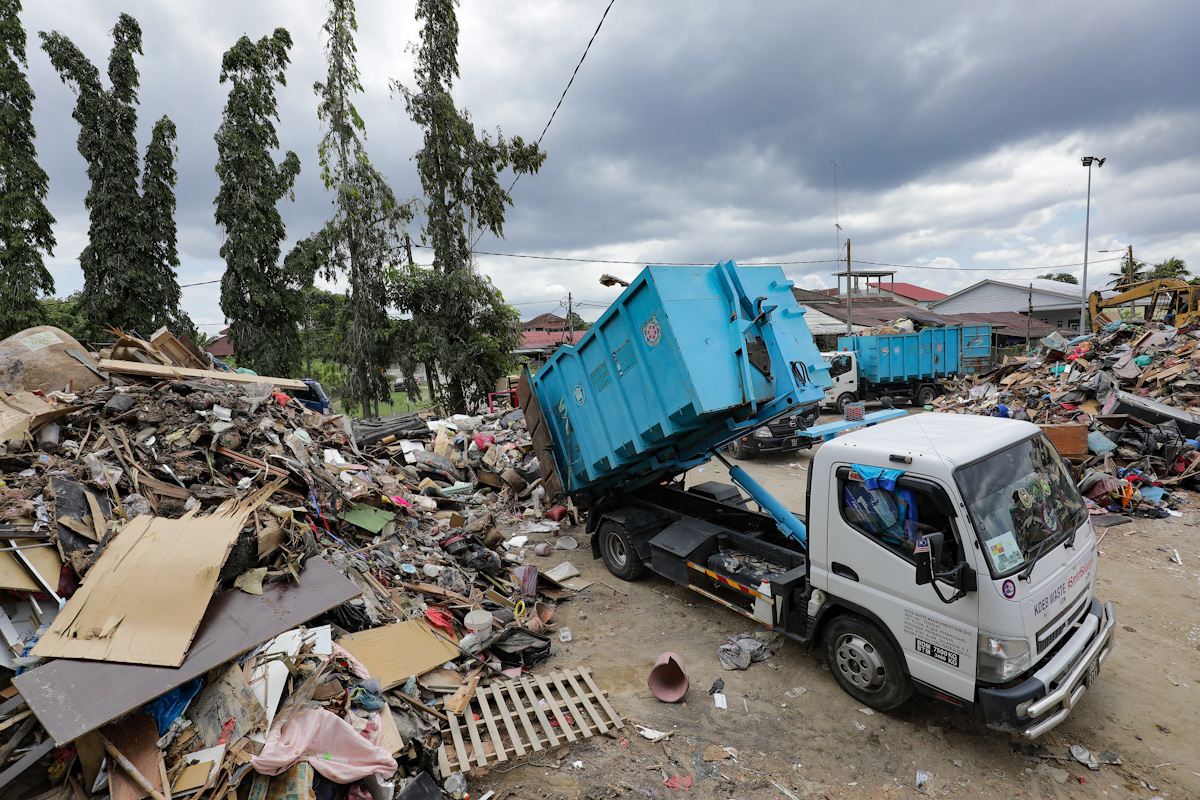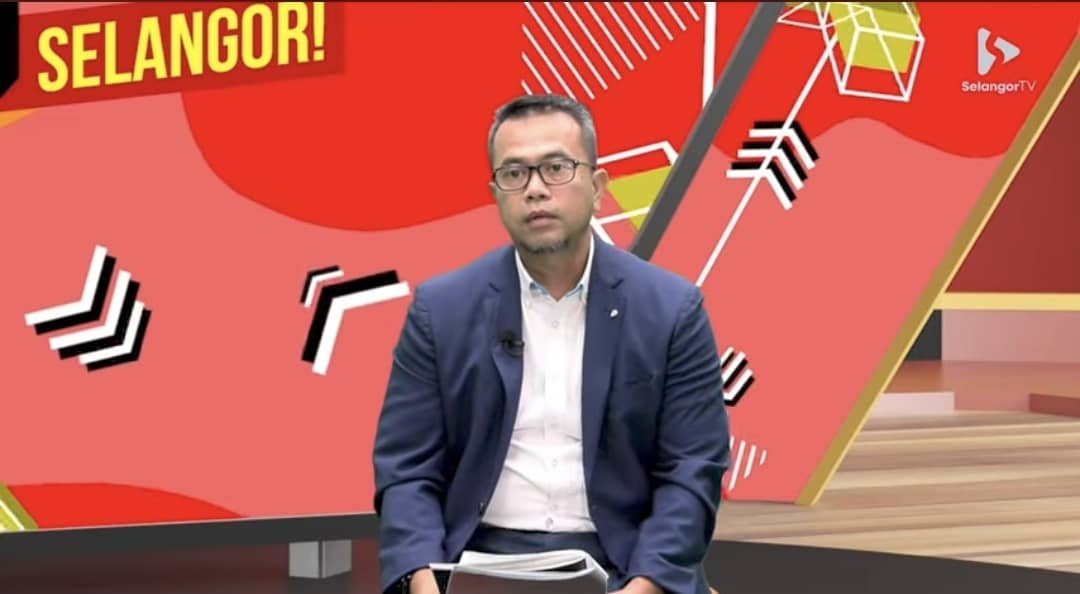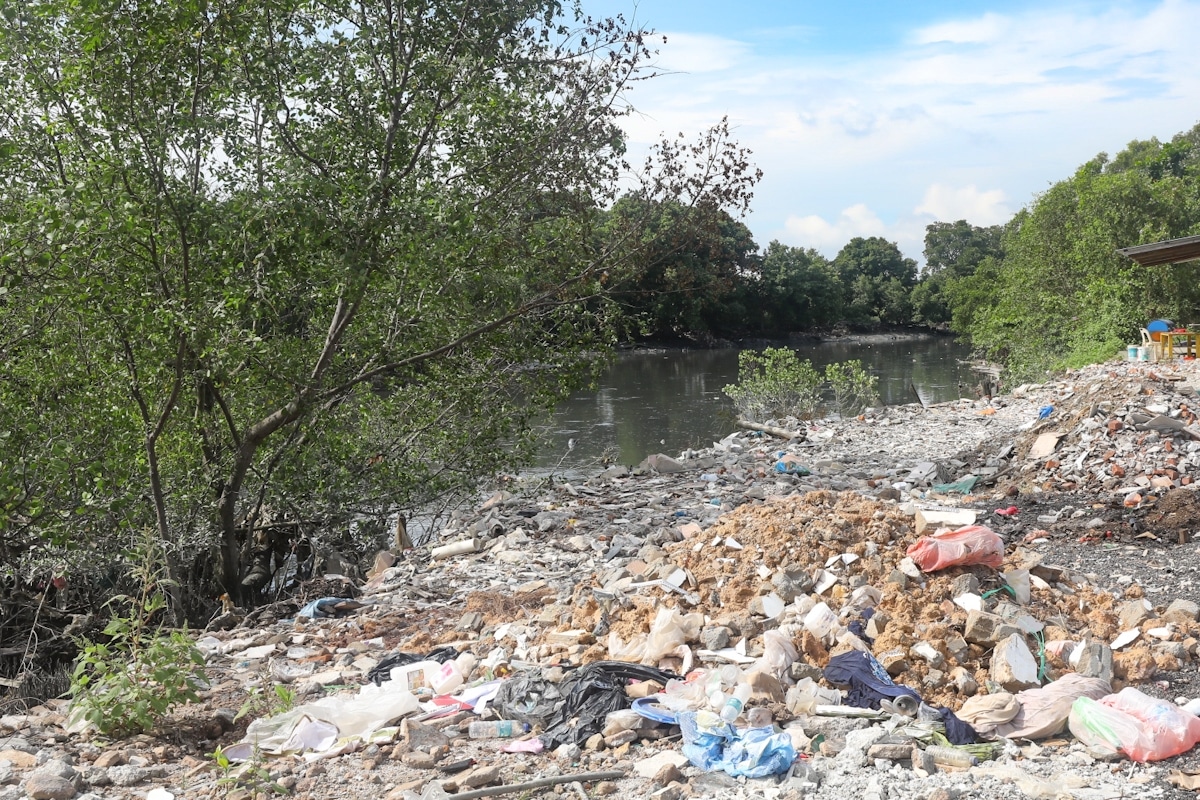SHAH ALAM, Sept 12 — After 23 years in the trenches of waste management, KDEB Waste Management Sdn Bhd (KDEBWM) operations general manager Idris Mohamed Yusof has a blunt warning: Malaysia’s waste system is in disarray, and time is running out to fix it.
“In Malaysia, our waste pyramid is upside down. The bulk of waste goes straight to landfills, with only a tiny fraction being recycled.
“This is the core issue we face, and it is simply unsustainable,” he said in an interview with Media Selangor.
Idris warned that the consequences extend far beyond financial strain. With landfills already near capacity, the country risks polluted soil, contaminated groundwater, and tracts of land left unusable for decades.
KDEBWM, the state agency responsible for waste management in Selangor, has seen daily collections jump from 6,500 tonnes in 2016 to nearly 10,000 tonnes in 2024, adding up to more than 30 million tonnes in less than a decade.
By 2027, the volume is projected to hit 10,800 tonnes per day, fuelled by rapid urbanisation in Klang, Petaling Jaya, Kajang, and Ampang Jaya.
“The old way of just opening more landfills is no longer viable. The only way forward is to flip the hierarchy: recycle first, then recover energy, and send as little as possible to landfills,” he said.
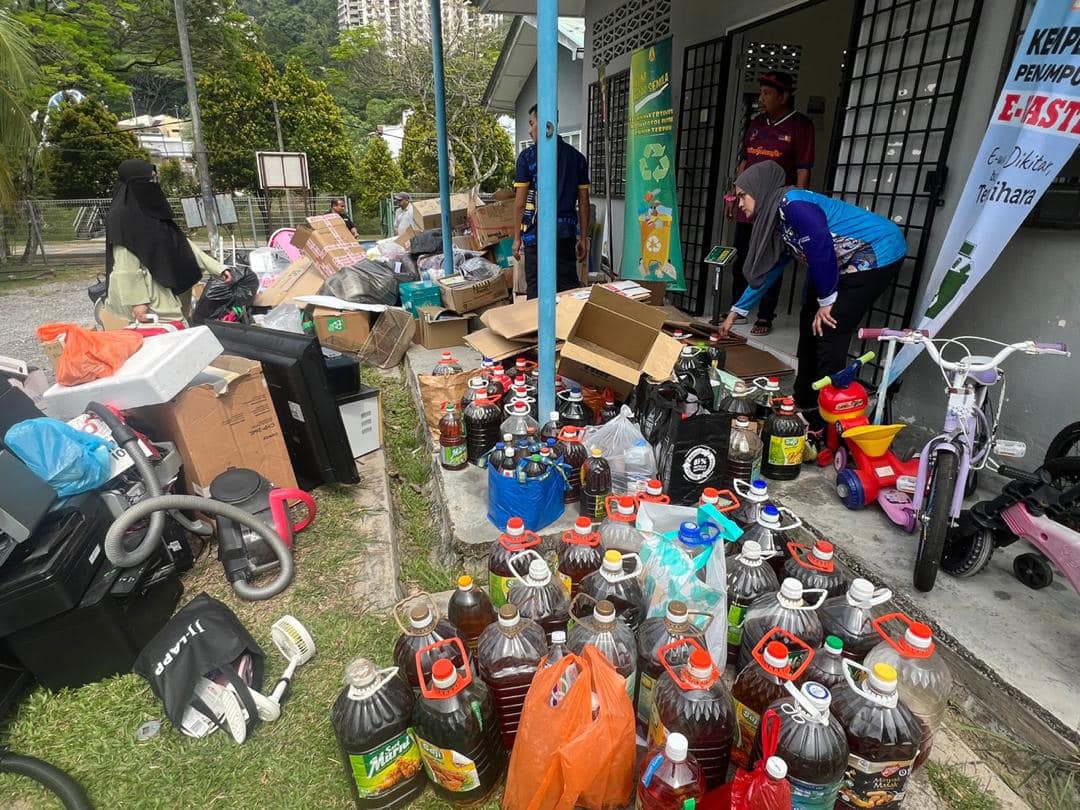
Recycling habits drive waste solutions
For Idris, technology alone will not solve the problem. The first line of defence is a cultural shift in how Malaysians view and treat waste.
He cited a recent visit to Surabaya, Indonesia, where a waste bank system has fostered a recycling culture by offering citizens small financial rewards in exchange for sorted waste.
This enabled residents to deposit sorted recyclables into an account measured by weight, which they can later cash out once the balance grows.
“Their mentality is different. For them, ten cents for a bottle means something. Here, we see it as nothing,” Idris said.
He noted that Surabaya’s authorities also built the Benowo waste-to-energy (WTE) power plant, the country’s first and largest WTE facility, located at Benowo Landfill, which processes about 1,000 tonnes of mixed waste daily, including organic and non-organic materials, through incineration and gasification to generate electricity.
Operations began with landfill gas in 2015 and expanded to waste incineration in 2021.
In this vein, Malaysia should replicate this incentive-based model, alongside a fully integrated circular economy for waste management, supported by strong environmental compliance and enforcement.
“That is why the three parties are so important: the waste generator like you and me, the collector like KDEBWM, and the enforcer, such as local councils.
“We must work together. The collector is always the one under pressure because we are the most visible, but the real issue starts with habits,” Idris said.
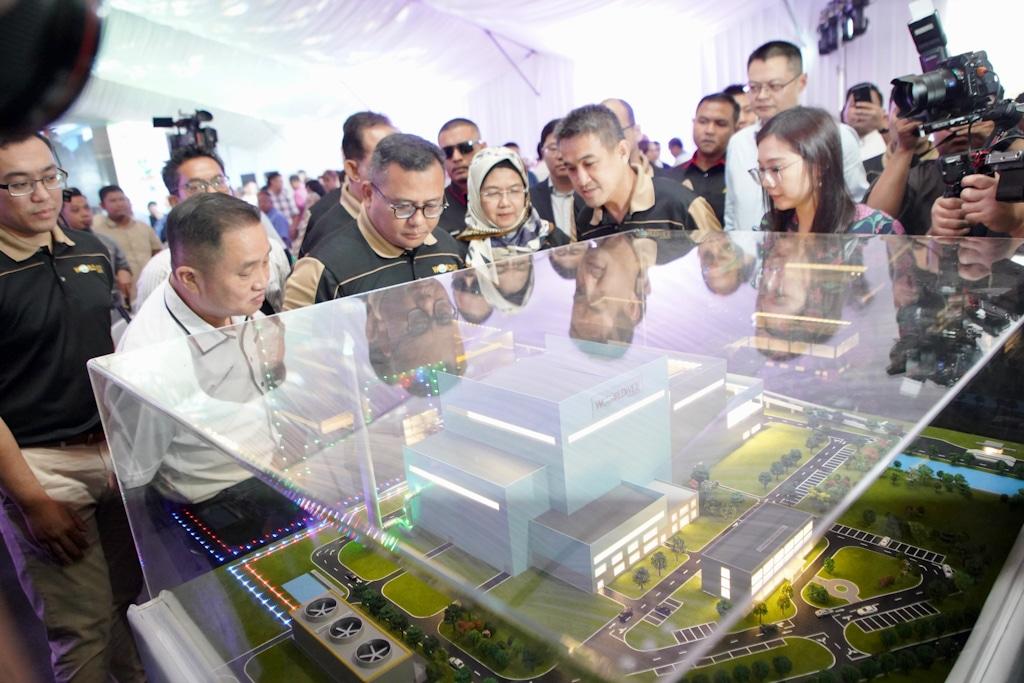
WTE the long-term fix
For the waste that remains, he is convinced that WTE technology offers the most viable long-term solution.
In Selangor, WTE plants like the Sultan Idris Shah Green Energy Plant (Sisgep) in Rawang and the Jeram WTE facility are expected to help tackle the crisis.
Sisgep, a joint venture worth RM4.5 billion between KDEBWM and YTL Power Generation Sdn Bhd, will process up to 2,400 tonnes of waste daily using moving-grate technology. It aims to cut landfill waste by 90 per cent, generate 58 megawatts (MW) of renewable electricity, and create over 1,500 jobs during construction and more than 100 permanent operational roles.
Circular outcomes are built into the plan, with bottom and fly ash to be reused in cement production at YTL’s Perak facility, while all wastewater will be treated and recycled on-site to meet zero-discharge standards.
“This is how you close the loop. You reduce what you can, recycle what is possible, and recover energy from the rest,” Idris said.
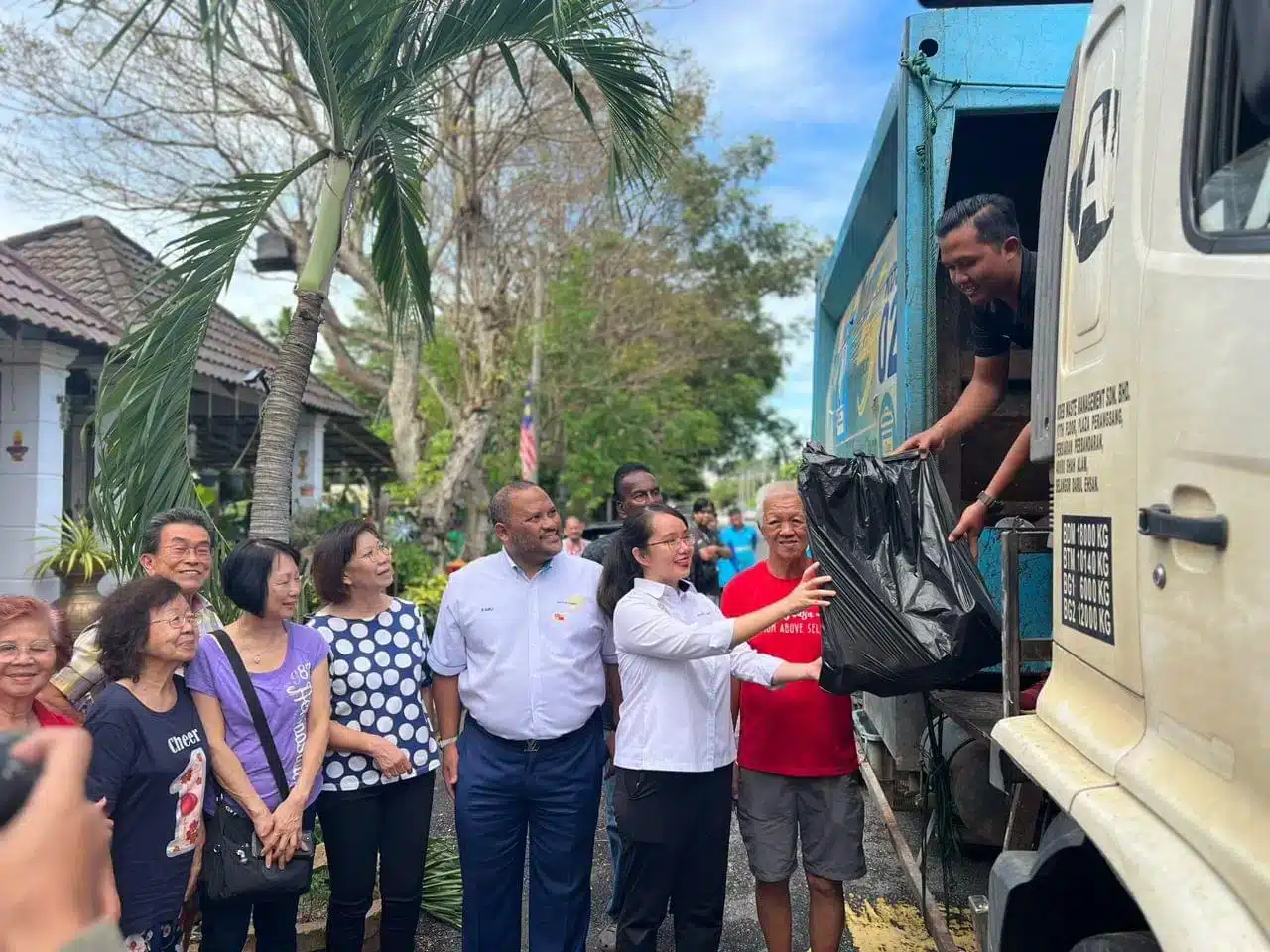
Doing more with less
Despite this roadmap, the biggest hurdle remains funding. He said KDEBWM has always had to “do more with less”, relying on cross-subsidisation by using higher revenues from wealthier councils like Shah Alam to support smaller, rural ones like Sabak Bernam.
Even so, the company has improved efficiency. With an annual budget of RM550 million, KDEBWM collects over 7,300 tonnes of waste daily, compared with Alam Flora’s 4,000 tonnes under a larger Federal contract.
However, Idris admitted that local councils often reject KDEBWM’s proposed budgets.
“We present our budget based on actual costs such as workers, lorries, and operations. But often, the response is simply ‘This is our budget, do you agree or not’,” he said, stressing that KDEBWM maintains strong working relationships with all local authorities in the state, where negotiations are conducted in good faith and with a win-win approach.
Currently, KDEBWM receives around RM7 to RM8 per tonne for collection, compared with RM14 to RM15 paid to other concessionaires.
Idris said the funding gap limits investment in green solutions and better community programmes, arguing that ratifying the Solid Waste Management and Public Cleansing Act 2007 would unlock Federal funding and allow Selangor to scale up recycling and green solutions.
